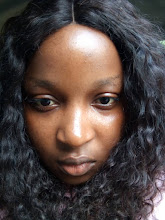When you clap your hands, something amazing happens – a sound appears! But have you ever wondered where that sound comes from? Let's take a simple journey into the science behind the applause, and discover the secrets of the clapping sound.
So, first things first, it's all about your hands coming together. When your palms meet, they squish the air between them. Imagine squeezing a balloon – that squishing motion creates something called pressure waves in the air around your hands. And guess what? Those pressure waves are what we hear as sound!
Now, how loud or soft that sound is depends on a few things. Imagine clapping really hard versus clapping gently. The harder you clap, the more energy you give to the air molecules, making a louder noise. Also, think about the size and shape of your hands – they play a part too. Big hands might make a different sound than small hands.
But there's more! The material of your hands matters. If your hands are dry, you get a sharp sound. If they're a bit wet, the sound might be softer. And don't forget about the angle – how your hands meet changes the way the sound comes out. It's like your hands are little conductors making a special melody!
Our ears are the real heroes in this story. They catch those pressure waves and turn them into signals for our brains to understand as sound. That's why we can hear claps as claps and not just feel them.
Now, the surroundings also join the party. If you're clapping in a big room with walls, the sound bounces around, creating echoes that make the applause sound even more exciting. But if you're outside, the sound can spread out freely.
In the end, clapping your hands is like creating a mini-concert of science and fun. So, the next time you clap, remember you're not just making noise – you're making a little magic happen with the science of sound!

.jpeg)
Comments
Post a Comment